Heat treatment and storage methods of aluminum castings
Author: SAIVS Date Published: May 16,2023
-1910769.jpg)
The casting heat treatment process of aluminum castings includes three stages: heating, heat preservation and cooling. In each heat treatment process specification, temperature is a very important content, which can be described by several parameters, such as heating rate, heating temperature, holding time, cooling rate and heat treatment cycle. Remind everyone that if the temperature measurement is not accurate, the heat treatment process specification cannot be implemented correctly, which will lead to the decline of Aluminum Casting quality and even scrap.
During heat treatment, temperature measurement and control play an important role in deformation. The influence of quenching cooling process on the deformation of aluminum alloy casting is also an important reason for the deformation. When the metal is cooled after heat treatment, the thin part is always cooled quickly and the thick part is cooled slowly. When meeting the actual production needs, the thickness of the workpiece should be reduced as much as possible, and the section of the part should be uniform to reduce the deformation and cracking tendency caused by stress concentration in the transition zone. After heat treatment, re processing shall be carried out. According to the deformation law of the casting, anti deformation, end pre expansion and other treatments shall be applied, and the deformation qualification rate shall be increased.

During the storage of aluminum castings, they should be stored in a ventilated, dry and non corrosive environment to prevent rain; The sand cast aluminum castings do not contact with other chemical elements. When the products in the sand cast aluminum castings contact with other chemical elements, the chemical elements will react with them, causing damage to the sand cast aluminum castings; Each sand cast aluminum casting has its own special shape. When placing zinc alloy sand cast aluminum casting products, a special suction cup should be Customized according to the shape of each sand cast aluminum casting product, so that the sand cast aluminum casting * * can be placed in a specific position, so that the integrity of the sand cast aluminum casting will not have any change.
Zinc is an active metal. When the temperature reaches the corresponding conditions, it is easy to contact oxidation. Therefore, when we store zinc alloy sand cast aluminum products, we should pay attention to the temperature to avoid direct sunlight; If the raw material alloy ingot of the cast zinc alloy product is affected with moisture, it should be dried before adding, so as to avoid injury or damage to the equipment due to blasting during the melting process.
Why Choose SAIVS™ as Your Supplier?
1.Superb Quality Control Management
At SAIVS, we take pride in our perfect quality management systems and procedures, which guarantees the excellent performance of all our producs, being a professional Investment Casting | Die Casting| Sand Castingmanufacturer in China.
2.Rich Production Experience
With 20 years of experience in production, SAIVS has a deep understanding of the market and trends, and strives for continuous research and innovation. This has created advantages in both the product's performance and appearance.
3.Competitive Prices
As a Chinese factory committed to becoming the most cost-effective Investment Casting | Die Casting| Sand Castingexporter in China, SAIVS provides high-quality products at advantageous prices. By lowering costs and increasing efficiency, we ensure that our customers receive the best possible value for their investment.
4.Perfect After-sales Service
At SAIVS, we strive to provide superior customer service that meets and exceeds expectations. We are always available for any questions or concerns you may have, and we stand by our commitment to providing excellent after-sales support.
Related Posts
-
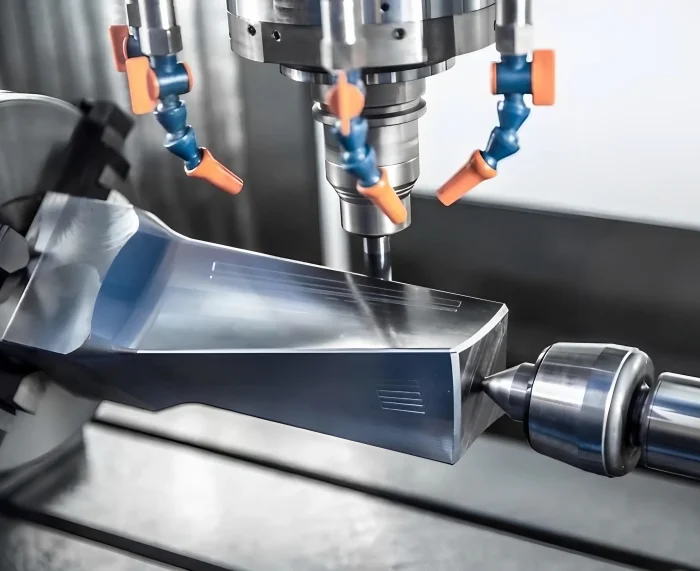
About CNC precision machining
What is CNC precision machiningCNC precision machining is a type of manufacturing process that uses computer-controlled machines to remove material from a workp...
-
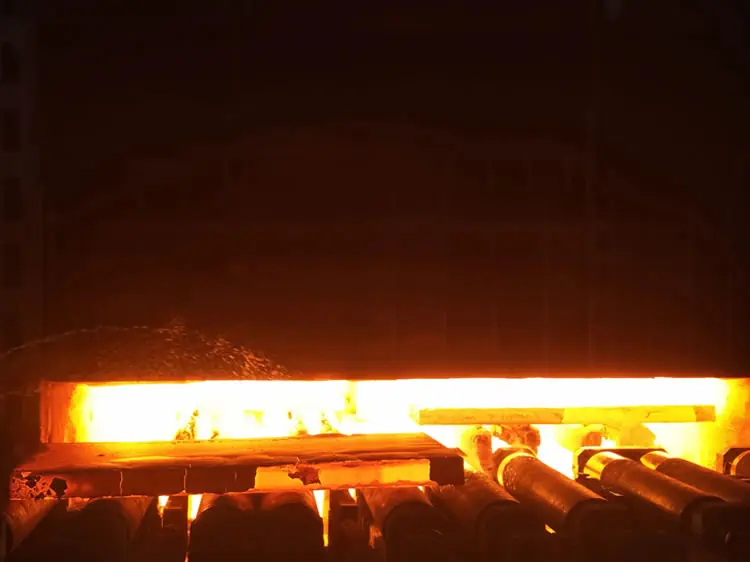
How to reduce the content of hydrogen, oxygen and nitrogen in steel
Minimizing Hydrogen, Oxygen, and Nitrogen Content in Steel: A Comprehensive GuideThe production of high-quality steel necessitates stringent control over t
-
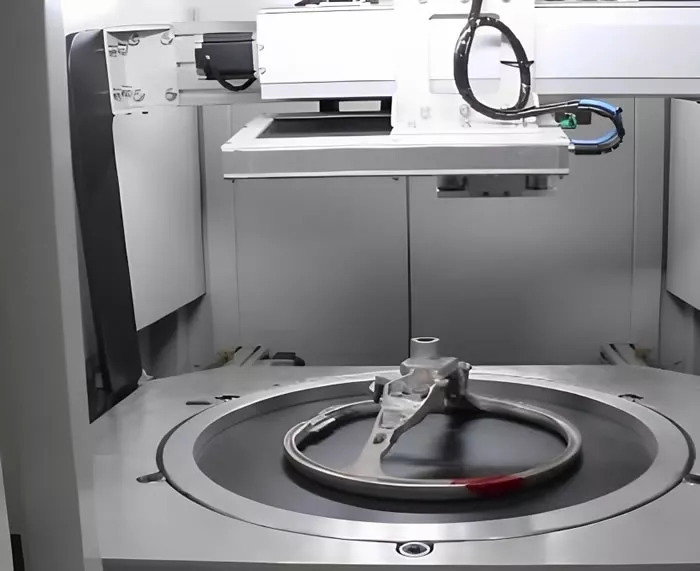
X-ray detection of internal defects in die castings
Aluminum castings are widely used in industries such as automotive parts, mechanical manufacturing, computers, electronics, medical equipment, watch instruments...
-
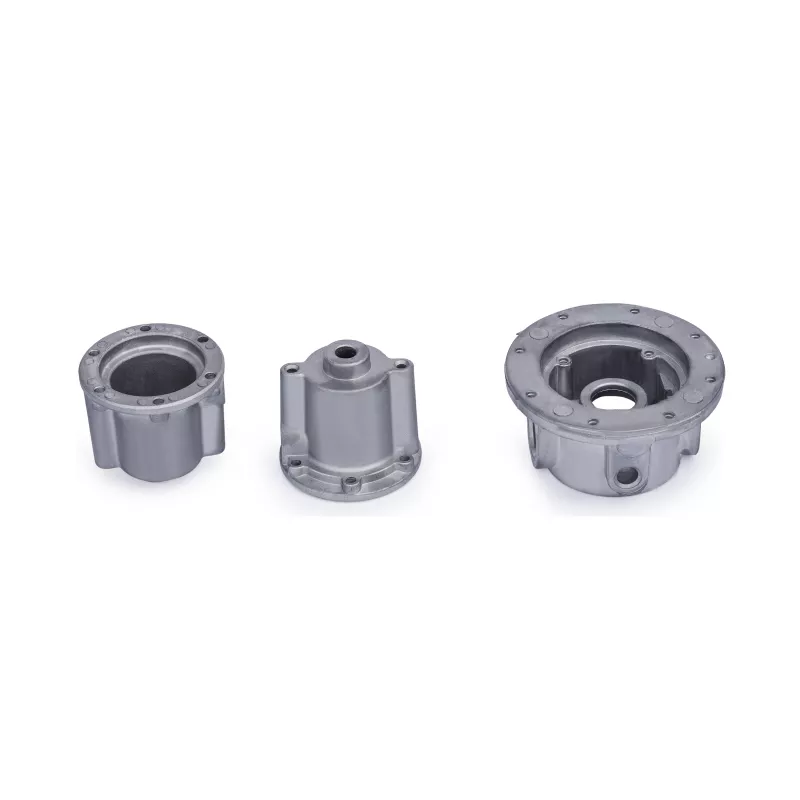
Control method of air hole defect and external shrinkage of aluminum castings
1、 Causes and control methods of air hole defects in aluminum castingsDuring aluminum alloy die casting, the liquid metal contains a lot of gas. If the melting ...
-
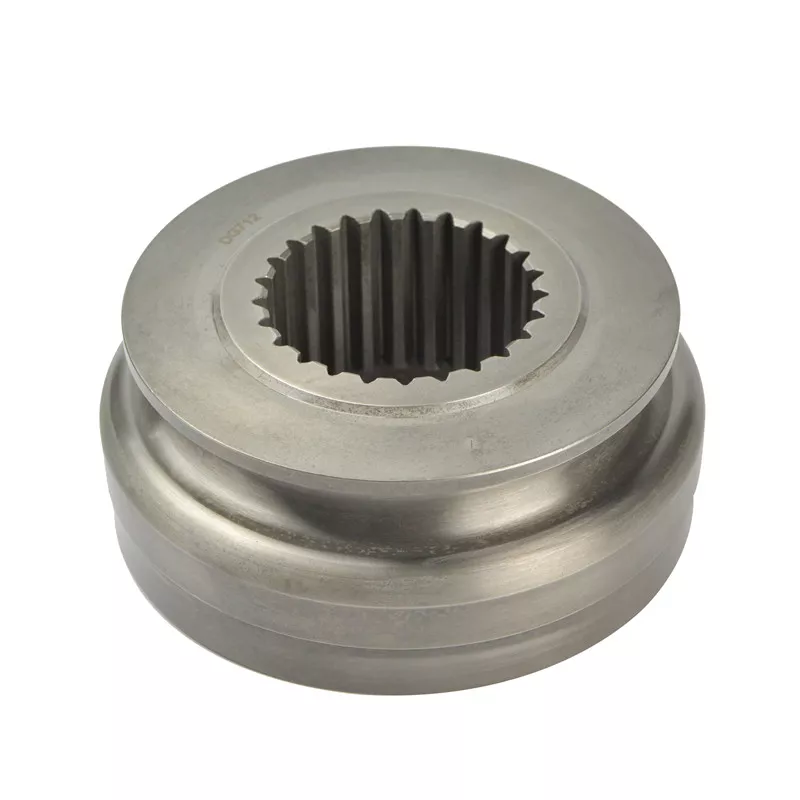
Differences and characteristics between aluminium alloy pressure casting and gravity casting
Aluminum alloys are widely used in automobile manufacturing, aerospace, shipbuilding and other fields due to their good plasticity, corrosion resistance and lig...
-
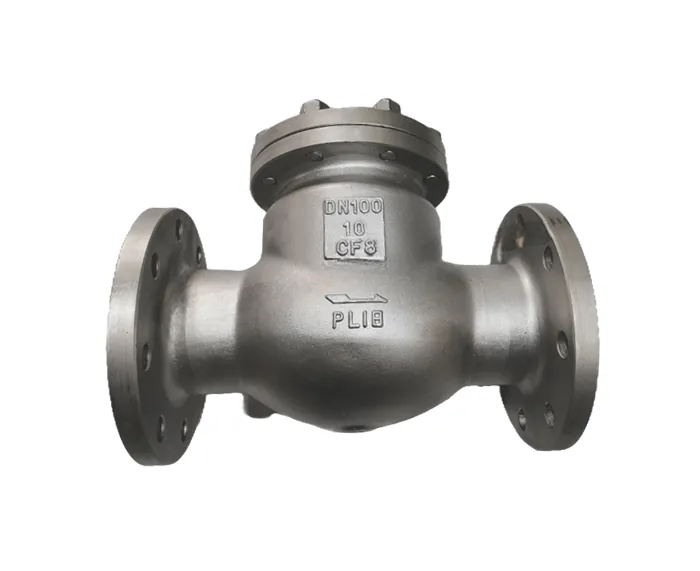
Unleashing the Power of Precision: CF8 Investment Casting for Superior Valve Bodies
Dive into the world of investment casting. Explore crafting valve bodies with CF8 stainless steel, known for its corrosion resistance.

